Firebricks
Fire Bricks are perfect for intermediate duty for building new fireplaces for wood or coal stoves, furnaces, and fireplace inserts.
Fire brick of different sizes and shapes manufacturer and supplier from China
Fuerte as a refractory materials manufacturer, providing differnt sizes and shapes for Fireplaces, Furnaces and Kilns, Pizza Ovens, Boilers, contact us get free quote
The firebricks key features & Applications
Firebricks are essential in applications where extreme heat resistance and thermal stability are necessary to ensure safety, efficiency, and the longevity of equipment and structures exposed to high temperatures.
freatures
High Temperature Resistance: Firebricks are capable of withstanding extremely high temperatures, making them suitable for applications where other building materials would weaken, deform, or fail under intense heat.
Low Thermal Conductivity: They have low thermal conductivity, which means they are effective insulators that help reduce heat transfer, maintaining the temperature inside the structure and minimizing energy losses.
Resistance to Thermal Shock: Firebricks are engineered to withstand rapid temperature changes without cracking or breaking, a property known as resistance to thermal shock. This is particularly important in applications like furnaces, stoves, and fireplaces.
Chemical Resistance: They are typically resistant to the effects of various chemicals and can maintain their structural integrity even in the presence of chemical reactions or corrosive substances.
Durability: Firebricks are durable and have a long lifespan when used in appropriate applications. They resist wear and tear, making them suitable for heavy-duty and long-term use.
Various Shapes and Sizes: Firebricks come in a variety of shapes and sizes, including standard bricks, arch bricks, and specialty shapes, allowing for customization to fit specific needs.
applications
Fireplaces: Firebricks are used to line the interior of fireplaces and wood-burning stoves, providing a heat-resistant barrier that protects the surrounding structure and helps retain heat for efficient heating.
Furnaces and Kilns: They are employed to line the interiors of industrial furnaces and kilns, which operate at extremely high temperatures for processes like metal smelting, glass production, and ceramic manufacturing.
Pizza Ovens: In pizza ovens, firebricks are used to create a thermally stable cooking surface that can withstand the high temperatures required for baking pizzas and other foods.
Boilers: Firebricks are used in the construction of boilers and combustion chambers in power plants and industrial facilities, where they provide thermal insulation and help maintain high operating temperatures.
Incinerators: Firebricks are used to line the combustion chambers of incinerators and waste-to-energy facilities, where they withstand the extreme heat generated during the combustion of waste materials.
Chimneys: They are used to line the interior of chimneys, helping to withstand the heat, protect the surrounding structure, and ensure safe venting of gases.
Glass Furnaces: In the glass manufacturing industry, firebricks are used to line glass melting furnaces and annealing ovens to withstand the high temperatures required for glass production.
the types of fire bricks
There are several types of firebricks available, each designed for specific temperature ranges and applications. The choice of firebrick type depends on factors such as the maximum operating temperature, chemical exposure, and the specific requirements of the application
block of suspended arch
Insulating firebricks are lightweight, low-density bricks designed for use in applications where thermal insulation is a primary concern. They have a lower temperature resistance (around 1,300°C to 1,400°C or 2,372°F to 2,552°F) but provide excellent insulating properties. These are commonly used in kiln and furnace linings to conserve energy.
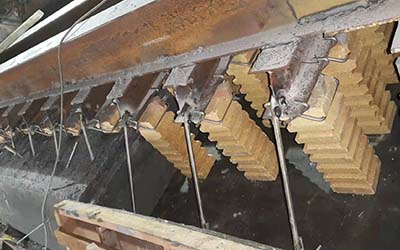
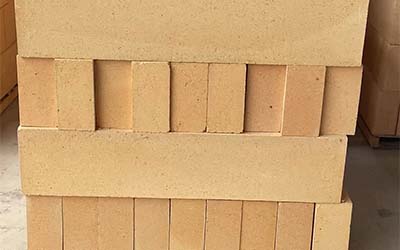
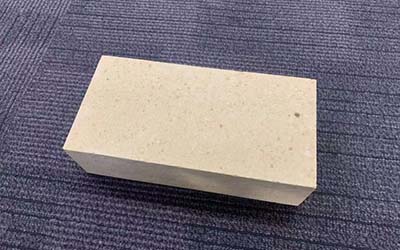
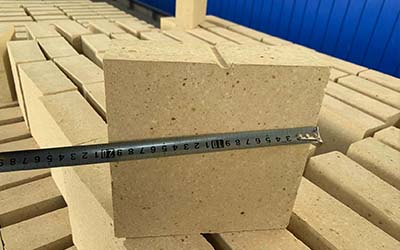
High-Alumina Firebricks
High-alumina firebricks are made from a higher percentage of aluminum oxide, which gives them increased resistance to thermal shock and higher temperatures. They are suitable for applications with temperatures up to 1,800°C to 1,900°C (3,272°F to 3,472°F). These firebricks are used in industrial furnaces, kilns, and some foundry applications.
Magnesia Firebricks
Magnesia firebricks are made from magnesium oxide and are used in applications with temperatures up to 2,000°C (3,632°F). They are particularly resistant to basic (alkaline) conditions and are used in industries such as cement production and steelmaking.
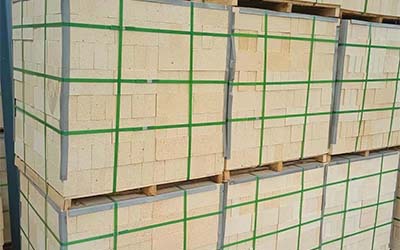
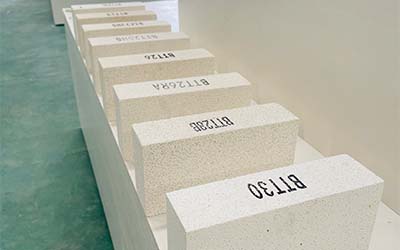
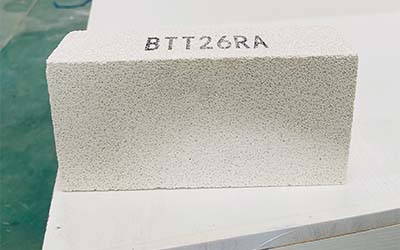
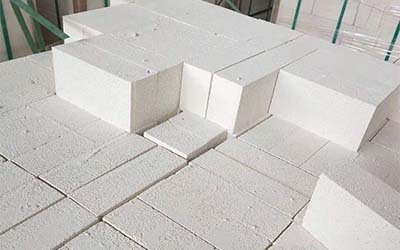
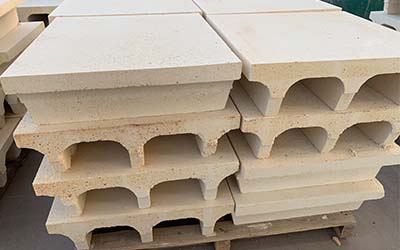
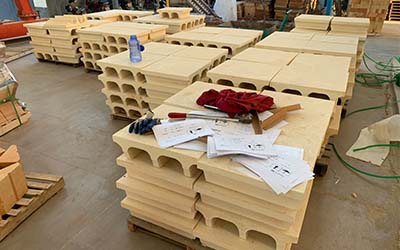
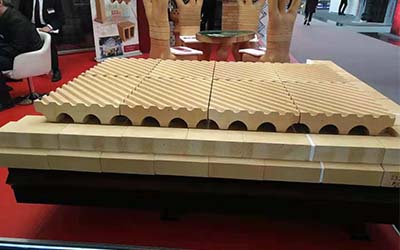
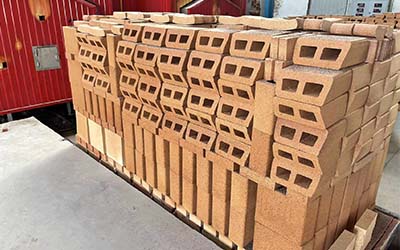
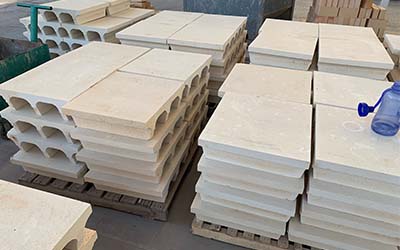
Kiln refractory bricks
Are a specialized type of firebrick designed for use in kilns. Kilns are high-temperature ovens or furnaces used for various applications, including firing ceramics, pottery, glass, and heat-treating metals. Kiln firebricks are specifically engineered to withstand the extreme temperatures and thermal cycling involved in these processes. They are a critical component of kiln construction and play a key role in maintaining temperature control and insulating the kiln.
special-shaped firebricks
it also called Specialty firebricks are tailored for specific applications and industries. They may include firebricks with additives like zircon, alumina, or silicon carbide to enhance their properties for unique needs.
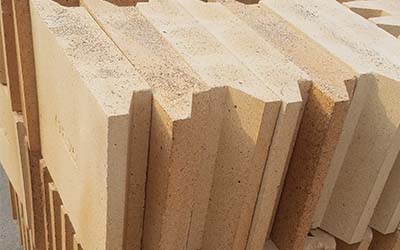
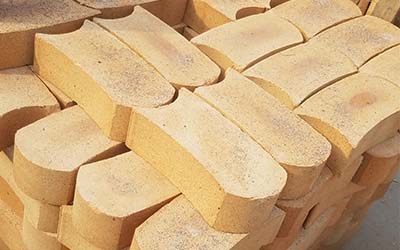
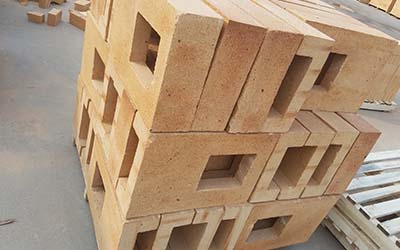
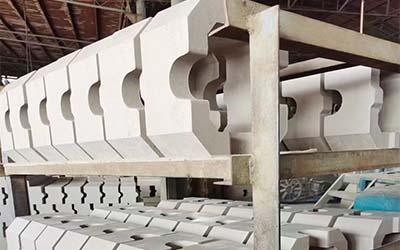
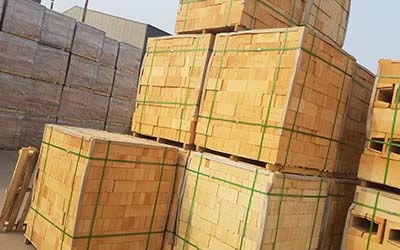
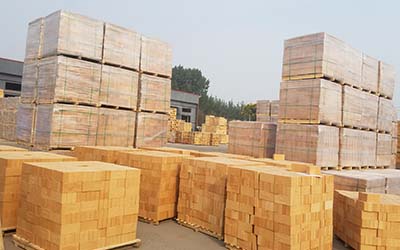
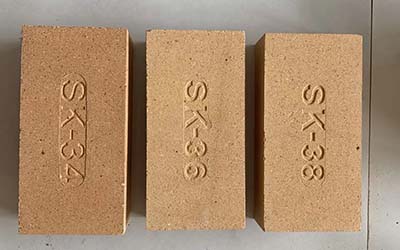
Clay firebricks
It is a type of firebrick made from a specific type of clay that has refractory properties. These firebricks are designed to withstand high temperatures and are used in a wide range of applications where thermal resistance is essential
